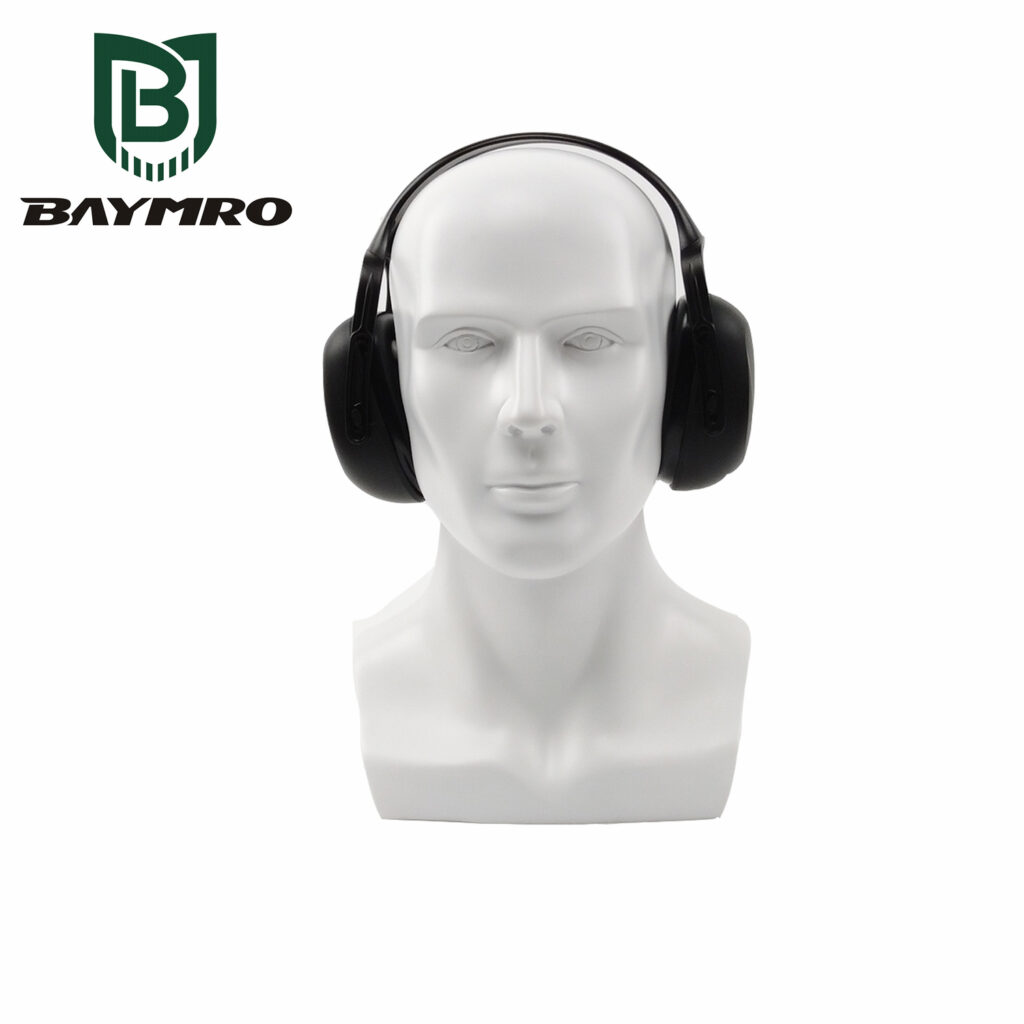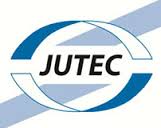
ANSI S3.19-1974 is an American National Standard for hearing protection devices (HPDs). Specifically, it provides guidelines and specifications for the measurement of the attenuation of earplugs and earmuffs used as hearing protection against occupational noise exposure.
Key points covered in ANSI S3.19-1974 include:
Attenuation Measurements: The standard outlines procedures and methods for measuring the attenuation or noise reduction capabilities of earplugs and earmuffs. Attenuation is the reduction in the intensity of sound that reaches the wearer’s ears when using these devices.
Test Subjects: ANSI S3.19-1974 specifies the criteria for selecting test subjects, including factors like age, gender, and prior experience with hearing protection devices. These criteria ensure that the testing represents a range of potential users.
Test Equipment: The standard describes the equipment and facilities needed for conducting attenuation measurements. This includes the use of acoustic test chambers or other controlled environments.
Testing Conditions: ANSI S3.19-1974 details the testing conditions and parameters, such as the specific noise levels used during testing and the procedures for fitting earplugs or earmuffs on test subjects.
Data Analysis: The standard provides guidance on how to collect and analyze the data obtained during attenuation measurements. This includes calculations for determining the Noise Reduction Rating (NRR) for earplugs and earmuffs.
Reporting: ANSI S3.19-1974 specifies the information that should be included in test reports, including details about the test subjects, equipment used, testing conditions, and the results of the attenuation measurements.
Quality Control: The standard emphasizes the importance of quality control measures to ensure accurate and repeatable attenuation measurements.
The Noise Reduction Rating (NRR), which is commonly found on the packaging of hearing protection devices, is typically determined using the methodology outlined in ANSI S3.19-1974. The NRR provides users with an estimate of the level of noise reduction they can expect when using a specific hearing protection device. Keep in mind that the NRR is a standardized value and may not represent real-world performance for all individuals, as actual attenuation can vary based on factors like fit and usage.
It’s important to note that standards and regulations can change or be updated over time, so it’s advisable to consult the most current versions of standards and guidelines for hearing protection devices if you need to ensure compliance with the latest industry requirements.
 3M
3M Ansell
Ansell Dellta Plus
Dellta Plus Drager
Drager edelrid
edelrid Honeywell
Honeywell JUTEC
JUTEC lakeland
lakeland MSA
MSA New Pig
New Pig Weldas
Weldas